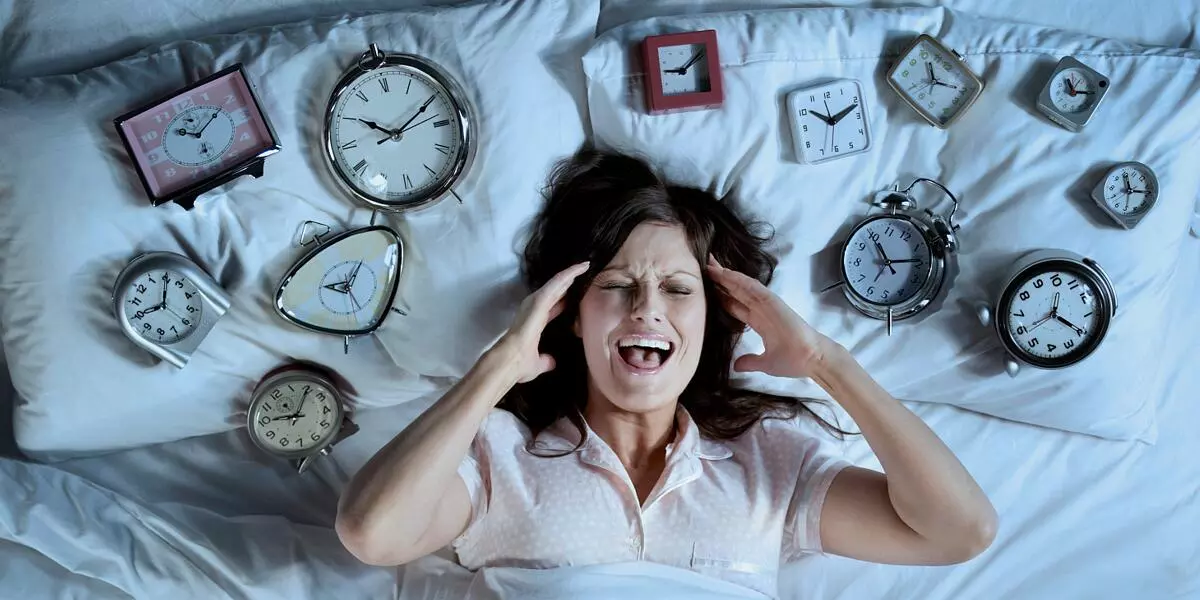Vaginal pain after menopause is inevitable in a woman’s life. This marks the end of her menopause, and she will stop menstruating. Menopause relieves women’s menstrual stress every month, but at this stage, postmenopausal vaginal pain becomes widespread among women. Post-menopausal women experience vaginal pain problems. It examines various causes of vulvar pain after menopause as well as treatments available to mitigate or eliminate vaginal discomfort.
Understanding Vaginal Pain After Menopause
Hormonal Changes: A Culprit Behind Vaginal Pain
Vaginal pain after menopause most commonly arises because of changes in hormone levels. Estrogen is one of the primary hormones that keep a girl’s vagina healthy. During menopause, when a woman’s body begins to age, the level of estrogen lowers. This hormonal shift can lead to several issues:
Vaginal Dryness and Itching
It also leads to thinning of the vaginal tissue due to its decreased ability to produce estrogen. Thus, sexual penetration turns out to be extremely unpleasant, with burning, itching, and dryness after sex.
Vaginal Atrophy
Vaginal atrophy is characterized by thinning of the vaginal walls, irritation, or even dryness, resulting in discomfort such as painful intercourse. It can also raise the risk of infections in the vaginal tissues.
Painful Intercourse
Dyspareunia is vaginal pain experienced by many women during intercourse at post-menopause. It is induced by vaginal dryness and atrophy that results in painful sex and emotional problems.

Dealing with Vaginal Pain After Menopause
1. Consult a Healthcare Professional
A woman who experiences pain in the vagina after menopause should consult a doctor. A healthcare provider can ascertain your health status by conducting tests and prescribing suitable treatments for you.
2. Hormone Replacement Therapy (HRT)
One of the best ways to deal with post-menopausal vaginal pain is through hormone replacement therapy. Therefore, with the low level of estrogen in bodies, it leads to repairing of diverse vaginal tissues that eventually reduce uncomfortable signs such as dryness, itching, pain among others by replenishing the hormone through HRT.
3. Vaginal Estrogen
Vaginal estrogen therapy uses a topical application of creams, rings, and tablets into the vagina. Such an individual approach will ensure that the whole body is not affected in terms of its overall hormonal balance while still treating vaginal dryness.
4. Lubricants and Moisturizers
Using topical over-the counter lubricants or moisturizers can provide relief from vulvovaginal dryness and other accompanying symptoms such as itching and burning. They can be used to prepare for sex, as well as for managing signs of the disease on a daily basis.
5. Pelvic Floor Exercises
The pelvic floor exercises can be referred to as “kegels,”, which are used to strengthen the pelvic muscles, increase blood flow to the vaginal area, and reduce vaginal pain. Consistent application may also improve sexual performance.
6. Lifestyle Changes
Some adjustments in lifestyle could be complementary to medical treatment. Vaginal health can be taken care of by staying well-hydrated and not using harsh soaps and douches. Similarly, one should wear cotton underwear and avoid tight clothes to reduce irritation.
7. Sexual Communication
It is necessary for you to engage in an open and honest dialogue with your partner concerning your experiences as well as your likings. This minimizes fears that make intimate experiences difficult.
8. Psychological Support
Emotional stress associated with vulvar or vaginal pain may result in depression during or even after menopause. You will find it helpful if you seek help from a therapist or counselor on the emotional and psychological effects of your experience.
Preventing Vaginal Pain After Menopause
While it’s not always possible to completely prevent vaginal pain after menopause, some strategies can help reduce your risk or manage symptoms:
1. Healthy Lifestyle
Eating a reasonable diet, getting some exercise, and staying hydrated will ensure a healthy and general well-being, inclusive of being able to maintain a good reproductive organ’s health.
2. Regular Sexual Activity
Having frequent sex improves blood circulation into the vagina, thus helping to avoid vaginal atrophy. If you find sex physically painful, discuss alternate forms of intimacy with your partner.
3. Regular Gynecological Check-ups
Regular gynecological exams help track the state of your vagina and deal with problems as they arise.
4. Stay Informed
Make sure you know about menopause and how it affects your body. Knowing the possible changes that may arise will enable you to handle them in a better way.
Conclusion
Vaginal pain during menopause is a common worry but does not need to be persistent distress. It is possible for you to learn how to control and minimize the signs associated with this kind of change in hormones. Seeking a health care provider’s advice, looking into the possibilities of hormonal substitution therapy, vaginal estrogen, and changing how you live will contribute to a higher standard of living in and after menopause. Do not forget that you are not the only person going through these experiences. With suitable support and attention, there is an opportunity for you to gain some reprieve and live a contented life.


